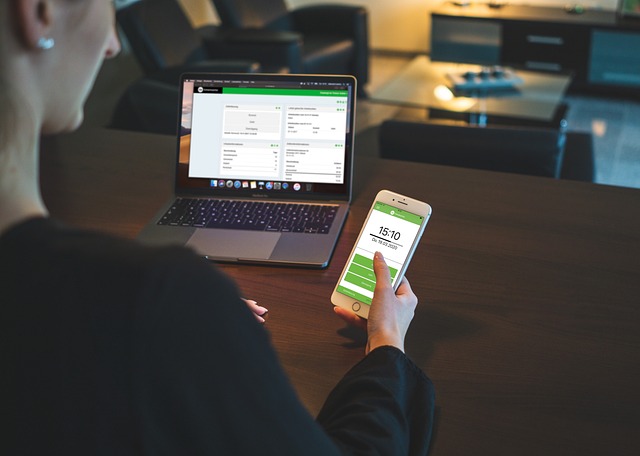Roles and Processes in Mobile Device Testing
This article describes the responsibilities, tools, and procedures associated with evaluating mobile devices. It covers how technical equipment, laboratory setups, and software testing practices combine within quality assurance workflows to assess smartphone hardware and software performance.

The cell phone tester role describes the responsibilities and practices involved in evaluating mobile devices and ensuring consistent performance across hardware and software. This overview focuses on the tasks, environments, and collaboration patterns typical of testing roles, emphasizing technical equipment, laboratory processes, and quality assurance methods rather than employment availability or listings. The intent is descriptive: to explain how testing is conducted within technology development and corporate QA settings.
Equipment and technical equipment
Testing activities rely on a range of equipment and technical equipment designed to provide repeatable, measurable results. Signal generators, network emulators, power analyzers, and fixture rigs are common in labs. Calibrated light sources and spectrometers support camera assessments, while audio analyzers handle speaker and microphone measurements. Proper inventory and maintenance of this equipment ensure reliable outcomes and help testing staff trace anomalies to either device faults or instrumentation drift.
Workstation, computer, and office setup
A robust workstation and computer setup supports much of the software-driven testing workflow. Test benches typically include desktop machines with multiple monitors for running test suites, logging defects, and monitoring device behavior. In an office or corporate laboratory, standardized images, secured network access, and ergonomic arrangements reduce variability between test runs. Organized storage for chargers, cables, and spare devices helps maintain throughput and prevents delays during prolonged evaluation cycles.
Engineer collaboration and mobile device knowledge
Effective testing involves close collaboration with engineers and product teams to interpret findings and investigate root causes. Testers benefit from familiarity with mobile device architectures, radios, sensors, and common electronics principles. Reading debug logs, correlating symptoms with hardware schematics, and reporting reproducible steps enable engineers to prioritize corrective actions. Clear communication and structured defect reports bridge testing results with design and firmware updates.
Testing procedures: operating system and software
Testing covers operating system behavior, firmware updates, and application compatibility across device variants. Typical procedures include regression suites after OS changes, stress tests under varied connectivity, and automated checks for repetitive cases. Manual exploratory testing complements automation by identifying edge-case usability issues. Accurate documentation of software versions, test environments, and expected outcomes ensures that defects can be reproduced and verified after patches are applied.
Camera, audio, and screen evaluation
User-facing features like camera, audio, and screen receive both subjective and objective testing. Camera assessments examine autofocus, exposure, low-light performance, and stabilization using controlled light sources and reference charts. Audio evaluations measure speaker output, microphone sensitivity, and noise suppression across call and media scenarios. Screen testing checks brightness, color accuracy, touch responsiveness, and artifacts such as dead pixels or flicker, often using diagnostic software and measurement hardware.
Durability, electronics, and quality assurance in the laboratory
Laboratory-based durability and electronics validation determine long-term reliability through controlled stress tests: drop simulations, thermal cycling, humidity exposure, and ingress checks. Electronics validation focuses on power management, battery behavior, connector wear, and electromagnetic considerations. These quality assurance activities feed into corporate release criteria, with structured defect tracking and test evidence supporting regulatory compliance and design decisions.
Conclusion
Understanding the processes behind mobile device testing clarifies how technical equipment, workstation setups, and collaborative engineering contribute to product quality. The role emphasizes methodical testing of hardware and software components—camera, audio, screen, operating system, and electronics—within laboratory and corporate environments to produce reproducible results and informed quality assurance outcomes.






